Why you can trust 12DOVE
But does it feel new enough?
The biggest factor contributing to the sameyness of B&W is that it conforms to the same paradigm set by the previous four generations – the main story quest consists of earning eight gym badges and going on to defeat the elite four and league champion to become the region's new champion. We all expected this to be the case, and it's not necessarily a huge negative, but it would be cool if someday a Pokemon game retained the core battle mechanics but mixed up the single-player campaign a bit more so that your quest was something other than defeating gym leaders.
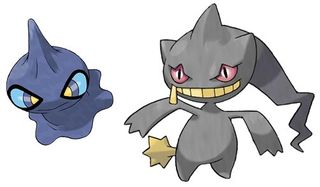
Despite the story feeling similar to previous Pokemon games though, B&W's single-player does change things up in two notable ways. The first is less significant but perhaps most surprising, and it's that the story is actually quite good compared to previous games. Without getting too specific/spoilery, the basic gist is that Team Plasma wants to liberate Pokemon from their human oppressors by stealing them away and separating humans and Pokemon to protect them from each other. Their leader, N, is an idealistic young man who loves Pokemon and hates to see them suffer. He's the most nuanced and truly interesting character ever introduced in a Pokemon game, and it's refreshing to face an antagonist who's more than just the villain who's secretly(-but-not-really-secretly) evil.
At times, because of the obvious parallels to the topic of animal welfare, the story does feel a bit uncomfortable, since the Pokemon trainers who are analogous to being supporters of vicious dog fighting are the good guys, and the animal activists who want to stop them from forcing their Pokemon into battle are the bad guys. The story is not always what it seems though, and people on both sides are shown to have their good and bad sides. And while it's not absolutely groundbreaking, it is definitely the first main story in a Pokemon game that presents moral gray areas and comes close to eliciting an emotional response.
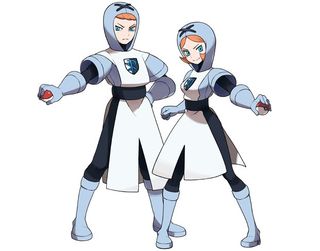
The second addition that's even more important to fans of the series is that there's absolutely tons of post-game content. It's a common wisdom amongst the Pokemon community that a Pokemon game really begins when you beat it, and that's certainly true of Black and White. Not only is there a large portion of the map left to explore, including the version exclusive areas of White Forest and Black City, but you're even presented with new quest post-game. It's great to see Game Freak really acknowledge that the bulk of most Pokemon fans' playtime hours are spent after the story is over.
Also one last new point to mention is that Pokemon Black and White also work in conjunction with the Pokemon Global Link (PGL), which is part of the official Pokemon website and can be found at www.pokemon-gl.com. When you create a PGL account, you can sync up your game with the site to access leaderboards and even obtain Pokemon and items you can transfer to your game.
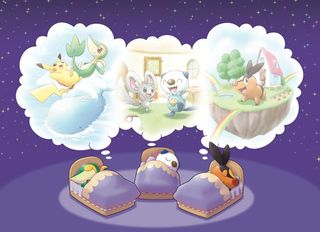
It's not available outside of Japan yet, but it's scheduled to release elsewhere in spring. If it mirrors the Japanese version of the service, it will feature two primary components, the Global Battle Union (GBU) and the Dream World. The GBU is an online leaderboard that lists the global battle rankings of all players with a PGL account, and we've been told it will be used to seed the official Pokemon tournaments in real life. The Dream World is a flash site where you can earn Pokemon and items through various minigames. From what we've played of the Japanese version, the games themselves are nothing too exciting, but it's a nice way to pad out your Pokemon collection, especially when you're bored at school or work.
For many fans though, the true meat of the post-game is in the multiplayer.
Multiplayer
Despite Nintendo's multiplayer-crippling, stodgy stance on family-safe security, Black and White manages to offer a remarkably multiplayer-friendly experience. In fact, there are so many multiplayer features that it isn't practical to cover them all in-depth here, but here's a brief rundown.
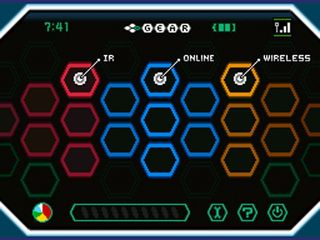
In place of Diamond and Pearl's Poketch (which was rather forward-thinking, wasn't it?), Black and White introduces the C-Gear, which sits on the bottom screen and acts as a hub for multiplayer. The infrared (IR) connection makes trading and battling locally an absolute breeze (you can even access your full PC while trading now!), and you can automatically exchange friend codes without having to enter any numbers. Via local wireless you can also use the Xtranceiver through the C-Gear, which allows video chat with up to three other players.
The other big local wireless feature is the Entralink, where you can sneak into another player's game while they're playing and leave treats for them to find or give them power-ups that last for a limited time. For example, if you see your friend is online playing, you can see where he or she is on the map, warp there and talk to them to give them a "Pass Power" that gives them a discount on all shop items for 30 minutes, for example. The more you complete these friendly, helping-hand missions, the better Pass Powers you'll have access to. The Entralink isn't a huge deal gameplay-wise, as each mission only takes a few seconds, but it fits well with the spirit of friendship that Pokemon's multiplayer has always sought to foster.
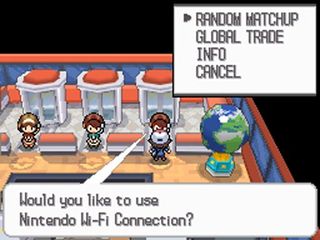
The Union Room and Wi-Fi options return within each Pokemon Center in B&W, and now the Global Terminal can be accessed from any Center too. Not only is it more conveniently accessible, but the Global Terminal also has some new features for both trading and battling. The new GTS Negotiations option allows you to join up with a random player across the globe and peruse each other's Pokemon and negotiate a trade. Random battle matchups also have both unranked and ranked modes now, so you can either play casually or for realsies. In ranked mode you have a battle ranking that goes up and down depending on your wins and losses, and you're matched with other players of similar ranking.
The brand-new triple and rotation battles have the biggest impact on multiplayer too, since they help to level the playing field a bit between unevenly matched players. Both triple and rotation battles involve each player having three Pokemon on screen at once, but the rules are quite different. In triple battles, three Pokemon on each team fight at once, but the Pokemon on the left and right sides can only hit the two closest Pokemon on the other team, whereas the one in the middle can hit and be hit by everyone. It's basically the same as a double battle, but triple.
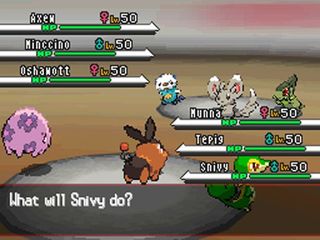
Rotation battles are a little different though. You still have six Pokemon on the field at once, but each team's Pokemon stands on a turntable that you can rotate however you want each turn. Only one Pokemon can move each turn, and it's largely up to luck how the battle goes, because you never know which way your opponent is going to turn the dial, meaning you can't plan out your moves and strategy as well as you could in a normal battle. In this sense, Rotation battles are great because they provide a more casual approach to multiplayer, without the inanity of silly minigames. Remember the Wi-Fi Plaza minigames in Platinum? Yeah, we don't need any more of that.
More info
| UK censor rating | "3+" |
| Franchise name | Pokemon |
| US censor rating | "Everyone" |
| Platform | "DS" |
| Alternative names | "Pokemon Black Version","Pokemon White Version" |
| UK franchise name | Pokemon |
| Description | It may not break the Pokemon mold, but Black/White offers enough new content coupled with the series' classic, deep battle mechanics to make it endlessly playable. If you could only play one game for the rest of your life, this would be a wise choice. |
| Release date | 1 January 1970 (US), 1 January 1970 (UK) |
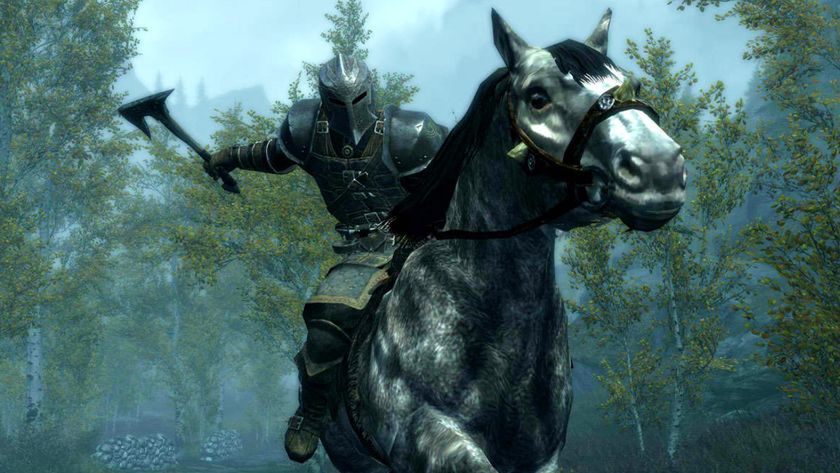
Ex-Bethesda dev turned indie says "good things often happen by accident," like that time Skyrim players convinced themselves the RPG's foxes were leading them to treasure
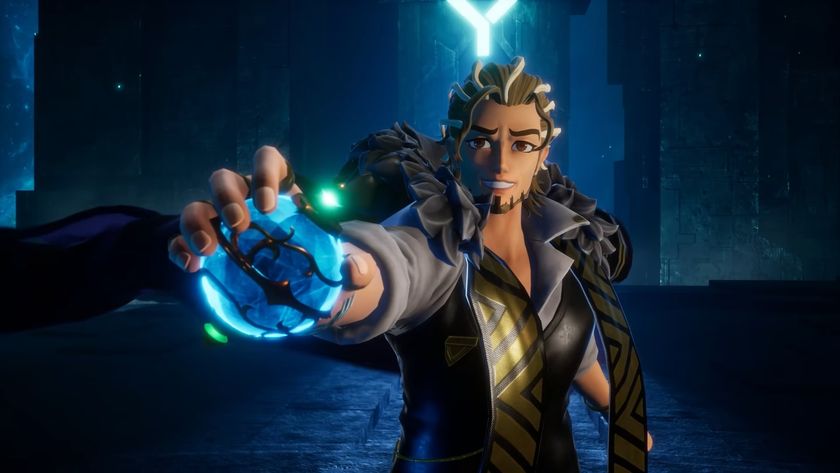
Palworld dev says the studio went dark for months because "the team was getting burnt out from all the social media stuff, I was getting burnt out, our CEO was under attack in Japan"

Metaphor: ReFantazio had to dial back an early battle system inspired by a notoriously brutal 2003 JRPG, because 20 years later, players found it "irrational" and "just not fun"











